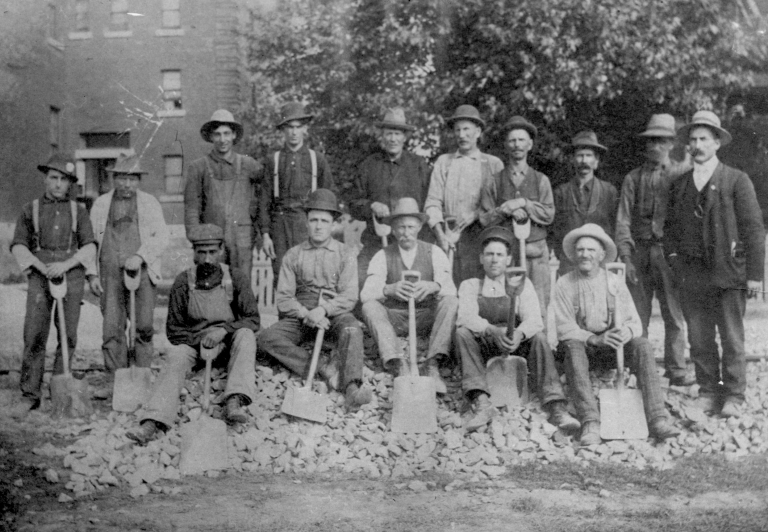When the municipality of Verdun was established in 1876, the Verdun population barely totalled 300 people and the village then had only a few streets and sidewalks, which were made out of planks of wood—rudimentary to say the least. Adequate services were phased in as the population increased at the turn of the 20th century. In 1907, Verdun's City Council widened the sidewalks along rue Wellington and rue de l’Église. The following year, nearly 43 feet (approximately 13 km) of new concrete sidewalks were added to the roads in the municipality.
The costs were shared between the City and the owners concerned. Verdun's street lighting, by means of incandescent lamps, was replaced with electricity in 1910. The most important achievement was the construction of a water pumping and filtration plant in 1907.
The water proved to be of very good quality, as the health bureau stated, on January 3, 1910, that no cases of typhoid fever were recorded on Verdun territory, despite the epidemic that was raging through Montréal. The implementation of these various municipal services made it possible for Verdun to have an infrastructure corresponding to that of an expanding city.

